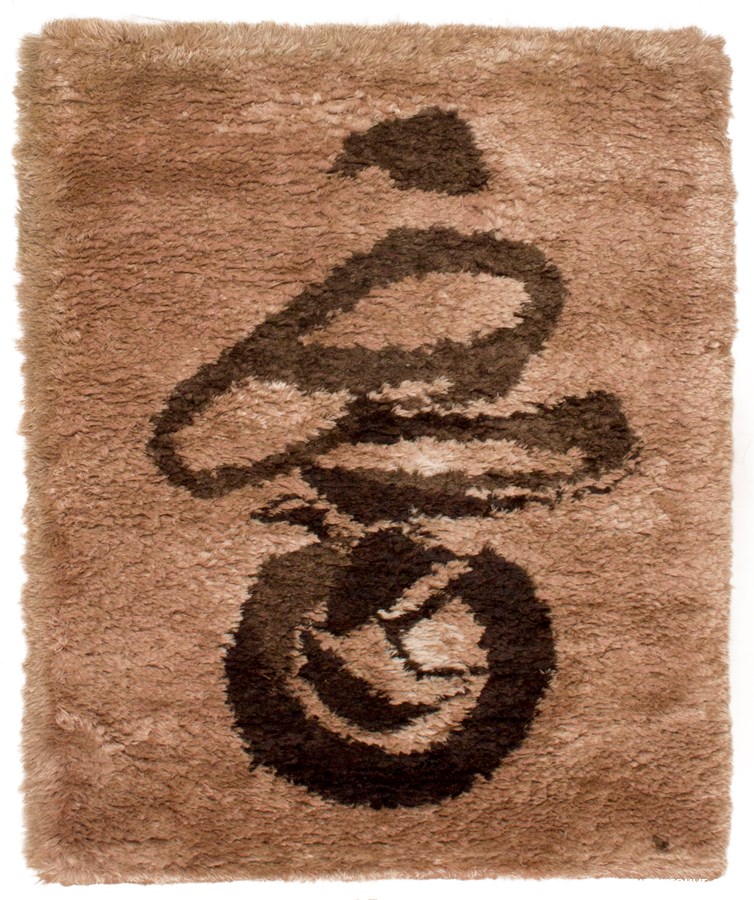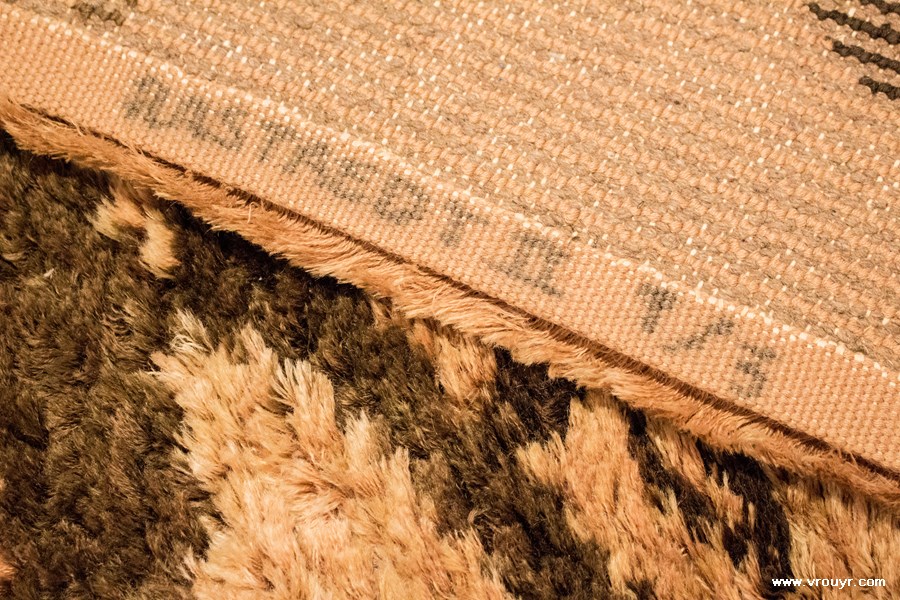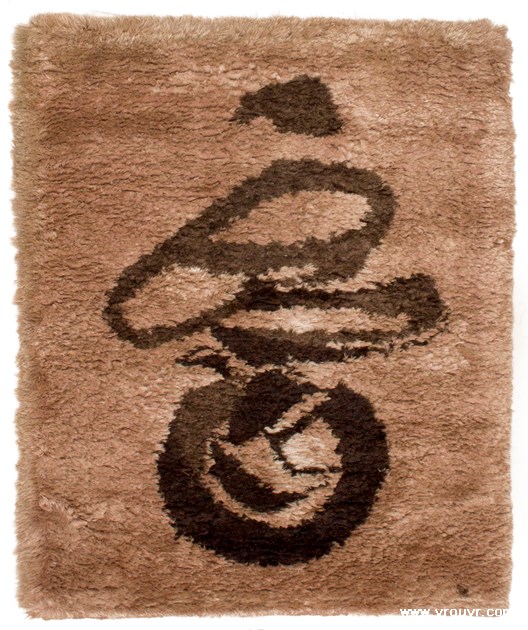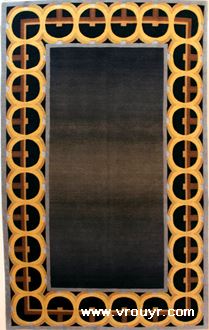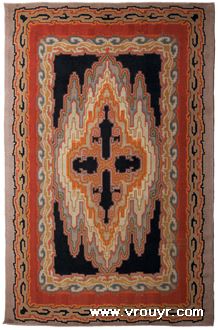Jules Lismonde
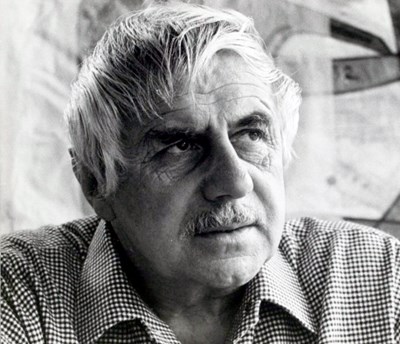
Jules Lismonde was born in Anderlecht on 14 May 1908. His parents used to draw and paint. He started drawing himself since childhood. In addition, he studied music and became an excellent flautist. In 1924 he began his studies at the Royal Academy of Fine Arts in Brussels. Soon he was tired of oil paintings and color schemes and his full interest went to drawings and to the purity of black and white. As a talented portraitist, he also made a series of portraits of prominent figures from the intellectual and literary circles of the 1930s-40s. He also produced carpets, stained glass windows and a sculpture to be seen in a Brussels metro station. In 1945 he was involved in the founding of the movement of the "Young Belgian Painters" and in the group "Cap d'Encre". In 1953, his talent was also officially recognized by the organization of a major exhibition at the Centre for Fine Arts in Brussels. Around 1958, the observation of landscapes or cityscapes led him to abstract art and also to the works from his mature period which led to international fame. Participations followed in the Venice and São Paulo Biennales and in the Lugano Biennale for works in black and white. In addition, retrospective exhibitions were organized in Amsterdam, in the Royal Museums of Fine Arts in Brussels (1977), in Liège and in 1992 in the cultural center De Kruidtuin in Brussels. He was one of the rare Belgian artists who gained international fame with an oeuvre that is mainly black and white and characterized by a compelling play of shadow and light. Lismonde has given the drawing a rarely equalled monumental dimension. He died on March 12, 2001. The beautiful villa "Les Roches" in Linkebeek, where he spent most of his life, houses the foundation "Maison Lismonde" and ensures that his works continue to exist.



 Visit Vrouyr2
Visit Vrouyr2



 favourites
favourites


